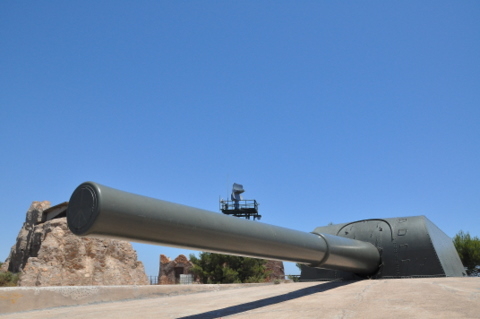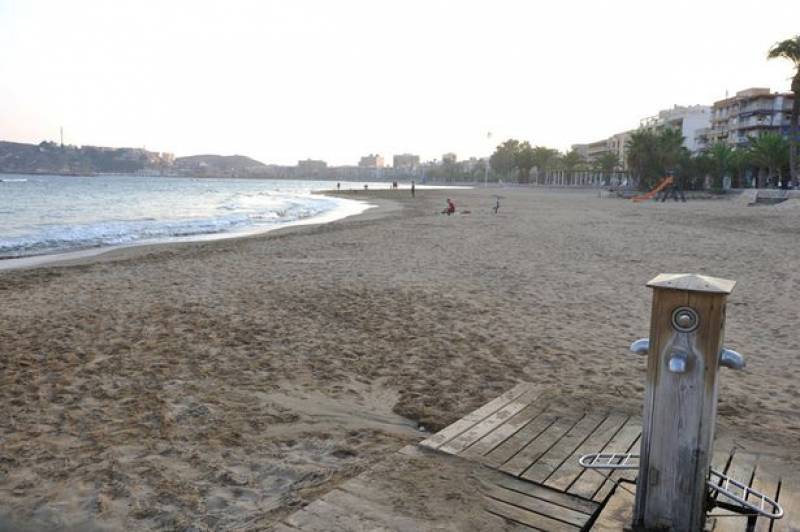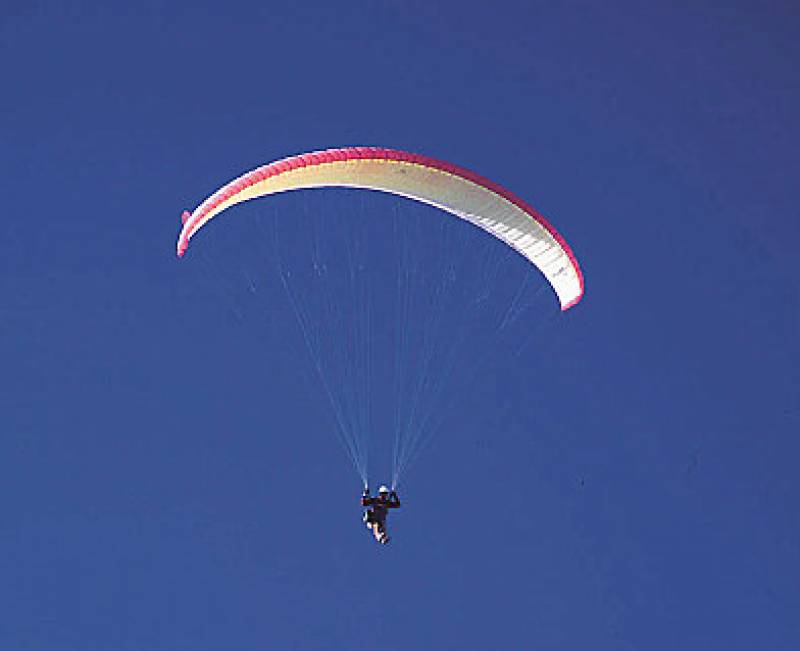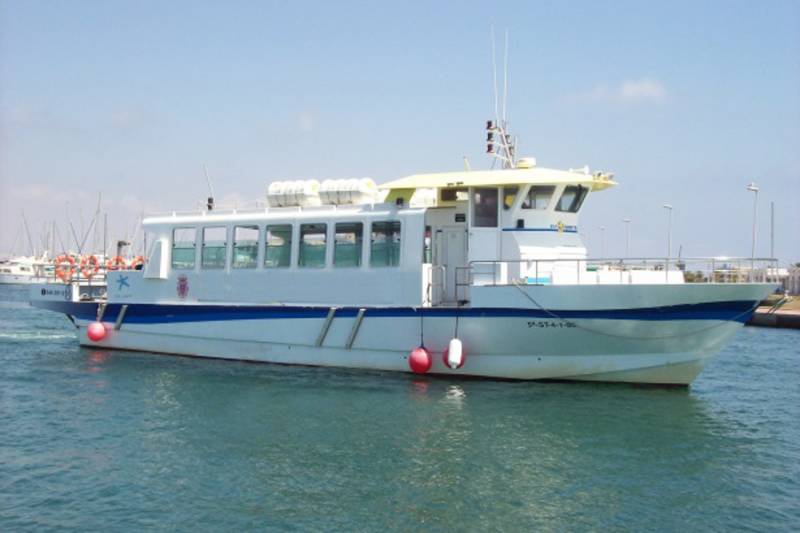

- EDITIONS:
 Spanish News Today
Spanish News Today
 Murcia Today
Murcia Today
 Alicante Today
Alicante Today
article_detail
The village of Roda in San Javier
Pedanias of San Javier: Roda
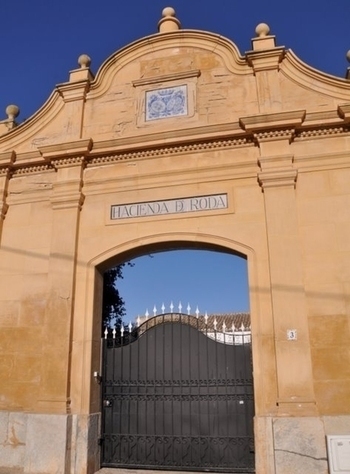 Roda is an outlying district of the municipality of San Javier, and although in the past its main activity was traditionally agricultural, nowadays residential tourism arguably its most important feature.
Roda is an outlying district of the municipality of San Javier, and although in the past its main activity was traditionally agricultural, nowadays residential tourism arguably its most important feature.
There are no traces of any recognisable settlement in the area prior to the 13th century, although Roda would undoubtedly have been visited by both the Romans and Moors who settled in other areas of what is now San Javier in the previous centuries (click here for an overview of the history of San Javier).
But the known history of Roda begins in the 13th century with the "Reconquista" of most of Spain as Christian forces from Aragón and Castilla wrested control from the Moors. For over 600 years the southern Iberian peninsula had been occupied by the Moors from Africa but this shift of power has never been reversed in the areas annexed in the 1240s.
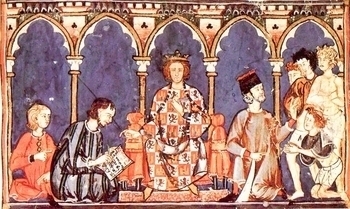 By the terms of a pact known as the Treaty of Alcaraz in 1243 Murcia was absorbed into the kingdom of Castilla by King Fernando III and his son Alfonso (who became Alfonso X, El Sabio in 1252). Although in some places the Moorish occupants accepted the transition of power and continued to farm, it took years to submit various others, for example in Cartagena. In 1264 there was an uprising, after which many protesters were expelled, provoking a wave of attacks on the coastline from the sea.
By the terms of a pact known as the Treaty of Alcaraz in 1243 Murcia was absorbed into the kingdom of Castilla by King Fernando III and his son Alfonso (who became Alfonso X, El Sabio in 1252). Although in some places the Moorish occupants accepted the transition of power and continued to farm, it took years to submit various others, for example in Cartagena. In 1264 there was an uprising, after which many protesters were expelled, provoking a wave of attacks on the coastline from the sea.
In the end it was in 1265 that Jaime I of Aragón, who become known as “el Conquistador”, brought his knights to re-conquer Murcia again at the behest of his father-in-law, Alfonso X.
Among the knights of Aragón who accompanied him was Don Guillén de Roda, from the town of Roda de Isábena, in Huesca, and his was among many of the conquerors who received land in the area as a reward: even those plots which were not used for agriculture at the time were of potential value. The Roda family opted to wait until more prosperous times before building houses on their land and taking advantage of the fertile soil, and only in 1374 did they take an active part in the repopulation of the area.
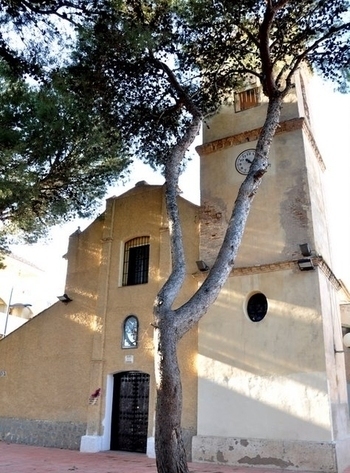 The most important building on the estate was their manor, around which the village eventually grew. It was built between 1610 and 1620, on top of the remains of a previous construction dating from the end of the 15th century. During restoration work in 1997 workers found the remains of the terrace which was laid in the first third of the 18th century, and it was also discovered that the exterior walls on the garden side of the house, which are around 70 cm thick, were build on top of other, far older, walls, which seem to indicate that the previous building was a fortress of some kind.
The most important building on the estate was their manor, around which the village eventually grew. It was built between 1610 and 1620, on top of the remains of a previous construction dating from the end of the 15th century. During restoration work in 1997 workers found the remains of the terrace which was laid in the first third of the 18th century, and it was also discovered that the exterior walls on the garden side of the house, which are around 70 cm thick, were build on top of other, far older, walls, which seem to indicate that the previous building was a fortress of some kind.
But the area was still far from stable and was frequently raided by Berber pirates, so very few people chose to live here. Those who did lived mostly in solid farmhouses, near watchtowers which could provide refuge for them in the event of an attack: these towers were the first line of defence for both farmers and the shepherds who brought their flocks south in the autumn.
The ground floor of the "Casa Grande" has an ornamental doorway which leads out onto a large central patio, where there is a substantial house with a tower. This is connected to the chapel of Roda, believed to have been built by Jaime Bort, which holds various religious images and two oil paintings by Mariano Ballester. In 1908 the church became part of the diocese of Cartagena.
In the mid-20th century the estate had a workforce of twenty people, who used the manor house and the water-wheels, paid the “alcábala” trade tax and worked with chickens, rabbits, vegetables, cereals and wine.
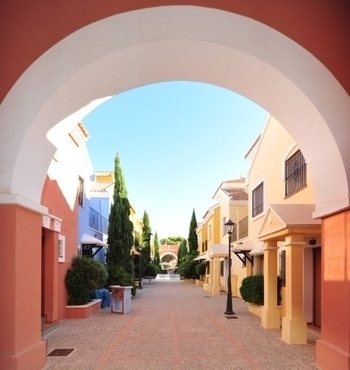 Irrigation and the arrival of piped water in the 1950´s changed the course of agriculture in these flat, fertile lands, and modern drip systems now facilitate the production of a wide range of crops, including lettuces, melons, peppers and courgettes. Agriculture was still the main activity and there were also many specialist citrus producers. However, the development of the nearby Mar Menor as a tourist destination changed the face of San Javier forever and brought a new cash crop - tourism.
Irrigation and the arrival of piped water in the 1950´s changed the course of agriculture in these flat, fertile lands, and modern drip systems now facilitate the production of a wide range of crops, including lettuces, melons, peppers and courgettes. Agriculture was still the main activity and there were also many specialist citrus producers. However, the development of the nearby Mar Menor as a tourist destination changed the face of San Javier forever and brought a new cash crop - tourism.
Roda, with its proximity to the airport at San Javier and the beaches of the Mar Menor, offered a perfect combination for residential development, and the village is now home to a multinational population who enjoy their residential developments and golf courses. These include many English-speaking residents amongst them, with their own social and support networks within the local community.

Fiestas
 The fiestas of Roda are held in honour of Nuestra Señora de los Remedios, whose Saint’s Day falls on 2nd September. The celebrations include evenings of music and food and traditional Spanish entertainments.
The fiestas of Roda are held in honour of Nuestra Señora de los Remedios, whose Saint’s Day falls on 2nd September. The celebrations include evenings of music and food and traditional Spanish entertainments.
The Centro Social de Roda was built in 1991, when the Mayor was José Ruiz Manzanares. It contains a café/bar and a small function room, and is often used by the village’s pensioners, who enjoy their card games and social life there. There are also restaurant and bar facilities.
Location
Click for map: Roda, San Javier.
For more local information go to the home page of San Javier Today.
staff.inc.and
Loading
article_detail
Contact Murcia Today: Editorial 000 000 000 /
Office 000 000 000


